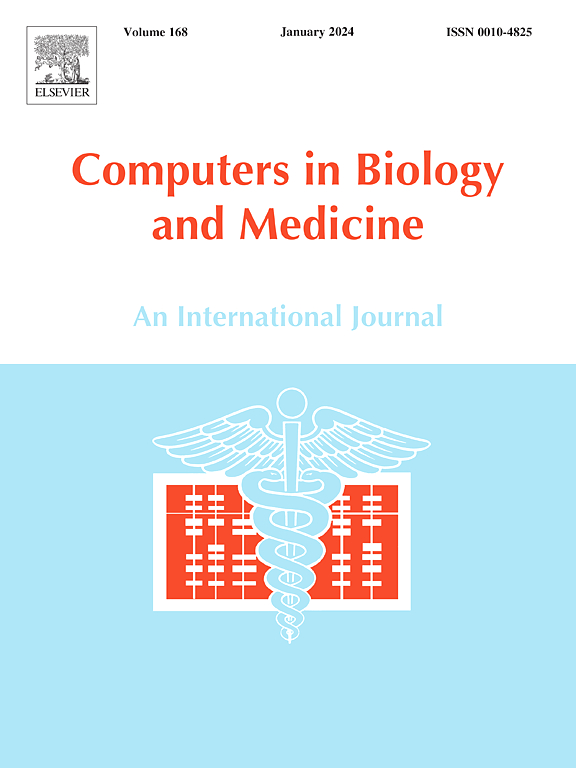Development of a novel multi-epitope vaccine against triple-negative breast cancer targeting A-kinase anchoring protein 3 using bioinformatics
IF 7
2区 医学
Q1 BIOLOGY
引用次数: 0
Abstract
A-Kinase Anchoring Protein 3 (AKAP3), a Cancer-Testis Antigen (CTA), is involved in cell proliferation and is aberrantly expressed in triple-negative breast cancer (TNBC), making it a promising target for immunotherapy. This study aimed to design a novel multi-epitope vaccine targeting AKAP3 using immunoinformatics approaches. Predicted CTL, HTL, and B-cell epitopes were selected based on their immunogenicity, antigenicity, non-allergenicity, and non-toxicity. The final construct integrated three epitopes from each category, connected by appropriate linkers (EAAAK, AAY, GPGPG, KK) and adjuvanted with the 50S ribosomal protein L7/L12 to enhance the immune response. Population coverage analysis indicated high accessibility, with 99.28 % in Indonesia, 99.4 % in Southeast Asia, and 100 % globally. Structural modeling and validation confirmed the vaccine's stability and immunogenic profile. Molecular docking demonstrated strong binding affinity to TLR-4 (−839.8 kcal/mol), supported by stable interactions in molecular dynamics simulations. Immune simulations further predicted the robust activation of both cellular and humoral immunity. In silico cloning confirmed compatibility with the pET28a(+) expression system for potential recombinant production. Collectively, these findings support the designed vaccine as a promising candidate for TNBC immunotherapy, warranting further in vitro and in vivo evaluation.
基于生物信息学的靶向a激酶锚定蛋白3的抗三阴性乳腺癌多表位疫苗的研制
a激酶锚定蛋白3 (AKAP3)是一种癌症睾丸抗原(CTA),参与细胞增殖并在三阴性乳腺癌(TNBC)中异常表达,使其成为免疫治疗的一个有希望的靶点。本研究旨在利用免疫信息学方法设计一种针对AKAP3的新型多表位疫苗。根据预测的CTL、HTL和b细胞表位的免疫原性、抗原性、非过敏原性和无毒性来选择。最终的构建整合了每个类别的三个表位,通过适当的连接体(EAAAK, AAY, GPGPG, KK)连接,并与50S核糖体蛋白L7/L12佐剂以增强免疫应答。人口覆盖率分析表明可达性较高,印度尼西亚为99.28%,东南亚为99.4%,全球为100%。结构建模和验证证实了疫苗的稳定性和免疫原性。分子对接与TLR-4具有较强的结合亲和性(−839.8 kcal/mol),在分子动力学模拟中具有稳定的相互作用。免疫模拟进一步预测了细胞和体液免疫的强大激活。硅克隆证实了与pET28a(+)表达系统的相容性,为潜在的重组生产奠定了基础。总的来说,这些发现支持设计的疫苗作为TNBC免疫治疗的有希望的候选疫苗,需要进一步的体外和体内评估。
本文章由计算机程序翻译,如有差异,请以英文原文为准。
求助全文
约1分钟内获得全文
求助全文
来源期刊

Computers in biology and medicine
工程技术-工程:生物医学
CiteScore
11.70
自引率
10.40%
发文量
1086
审稿时长
74 days
期刊介绍:
Computers in Biology and Medicine is an international forum for sharing groundbreaking advancements in the use of computers in bioscience and medicine. This journal serves as a medium for communicating essential research, instruction, ideas, and information regarding the rapidly evolving field of computer applications in these domains. By encouraging the exchange of knowledge, we aim to facilitate progress and innovation in the utilization of computers in biology and medicine.
 求助内容:
求助内容: 应助结果提醒方式:
应助结果提醒方式:


